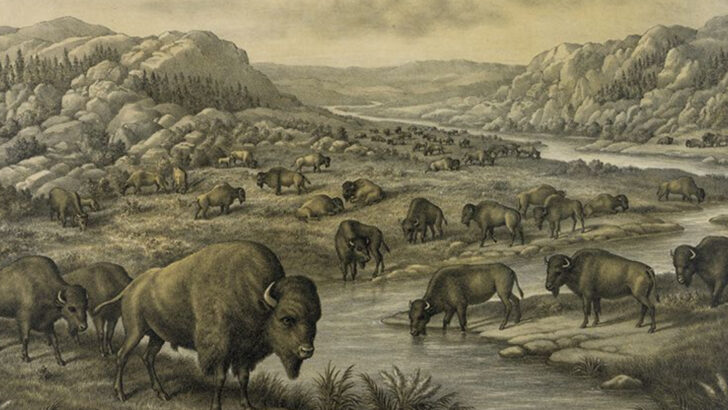Before humans built towns, blazed trails, and planted flags, animals ruled the American frontier like wild kings and queens.
Wolves howled over endless plains. Giant herds of bison thundered across the earth, shaking the ground like a living storm. Beavers, bears, and eagles weren’t just surviving — they were sculpting the land itself, shaping rivers, forests, and grasslands without permission or apology.
The frontier we imagine today wasn’t born from empty wilderness — it was carved by paws, hooves, claws, and wings, long before settlers ever set foot on it.
Let’s meet the true architects of the wild — the fierce, untamed species that built America’s first empire.
American Bison
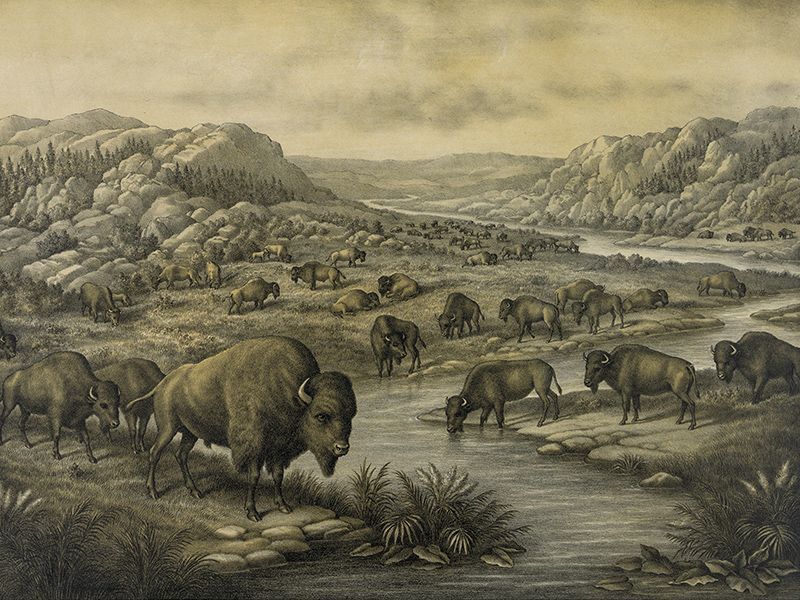
Once roaming in vast herds across the Great Plains, the American bison was a keystone species, vital to the frontier ecosystem. These magnificent creatures, with their shaggy coats and massive frames, trampled paths that later became trails for travel.
Their grazing habits maintained the grasslands, allowing a diverse range of plants to flourish. The bison’s presence supported predators and scavengers alike, creating a balanced food chain.
Today, bison symbolize the wild spirit of the frontier, reminding us of a time when they thundered freely across the expansive American landscapes.
Gray Wolf
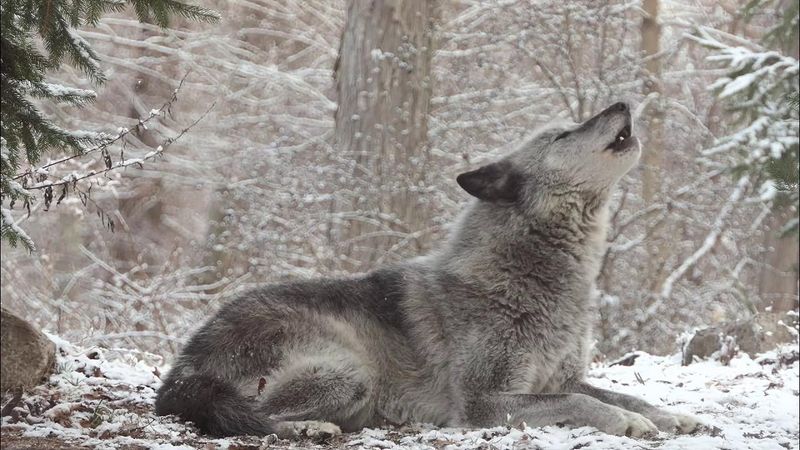
The haunting howl of the gray wolf once echoed across the American wilderness, marking its territory and shaping the ecosystem. As apex predators, wolves controlled the populations of deer and elk, ensuring a balance that prevented overgrazing.
Their social structures were complex, mirroring human packs with intricate hierarchies and cooperation. Wolves also played a mythical role in Native American cultures, often seen as symbols of strength and loyalty.
Despite past persecution, these resilient creatures are a testament to the untamed spirit and ecological importance of the frontier.
Beaver
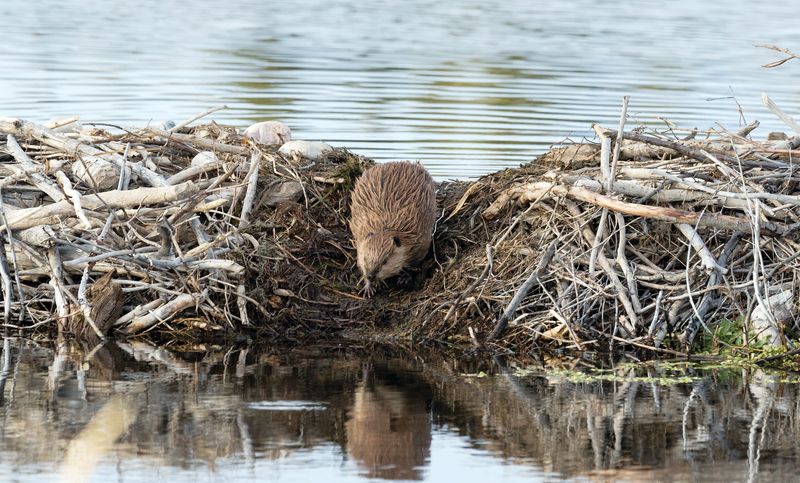
With their industrious nature, beavers transformed landscapes by building dams that created wetlands, crucial for biodiversity. These aquatic architects provided habitats for countless species, from fish to birds.
Their work slowed the flow of water, reduced erosion, and improved water quality, showcasing nature’s engineering prowess. Beavers were also prized for their pelts, playing a significant role in the fur trade.
As symbols of adaptability and resourcefulness, beavers remind us of the interconnectedness of ecosystems and the delicate balance they maintained on the frontier.
Grizzly Bear
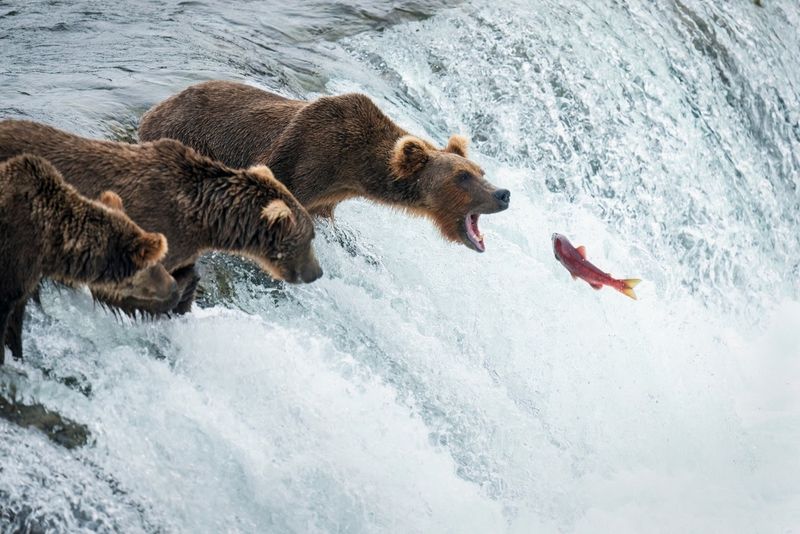
The grizzly bear, with its formidable size and strength, was a dominant force in the frontier wilderness. These solitary giants roamed forests and mountains, foraging for berries and hunting fish, embodying a raw, untamed power.
Grizzlies played a crucial role in seed dispersal through their foraging habits, promoting forest growth. Their presence was both feared and respected, often associated with survival and resilience.
Today, grizzly bears are iconic symbols of the wild frontier, representing a world where nature reigned supreme and untamed landscapes stretched beyond the horizon.
Bald Eagle
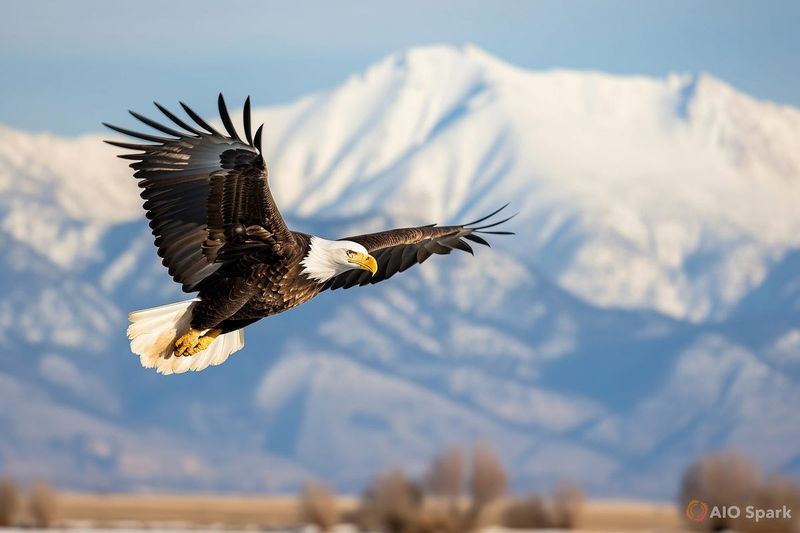
Soaring with grace and precision, the bald eagle once dominated the frontier skies. As a top avian predator, it controlled fish populations and scavenged carrion, maintaining ecological balance.
Its striking appearance, with a white head and fierce eyes, made it a revered symbol of freedom and strength. The bald eagle played a significant role in the cultural heritage of indigenous tribes, embodying spiritual and cultural significance.
Today, it stands as a reminder of the frontier’s wild legacy and the importance of conservation efforts to preserve such majestic creatures.
Mountain Lion
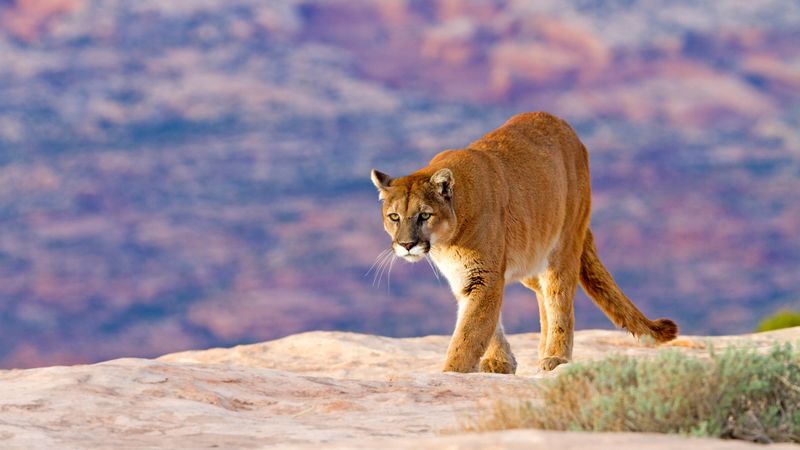
The elusive mountain lion, with its sleek and muscular form, silently stalked the frontier landscapes. As a solitary predator, it maintained the balance by controlling deer populations and other smaller prey.
Its adaptability allowed it to thrive in various environments, from dense forests to arid deserts. The mountain lion’s presence often went unnoticed, leaving only imprints in the dust as a reminder of its watchful gaze.
These majestic cats represented the mystery and allure of the wild frontier, a testament to nature’s elusive and enduring spirit.
Prairie Dog
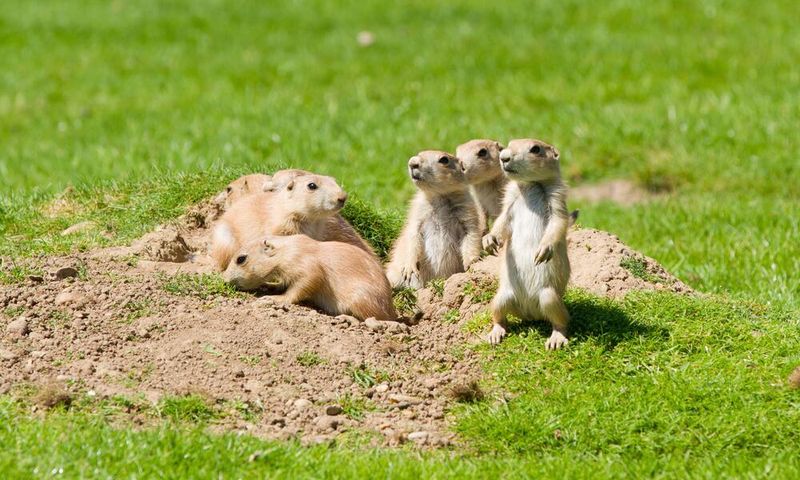
With watchful eyes and incessant chatter, prairie dogs were the sentinels of the plains. These social rodents lived in expansive colonies, their burrows aerating the soil and fostering plant growth.
Their presence supported a myriad of species, from predators like hawks to scavengers and insects. Prairie dogs were integral to the frontier ecosystem, serving as prey and ecological engineers.
Their communities mirrored human towns, bustling with activity and communication, embodying the lively interplay of life on the frontier.
Elk
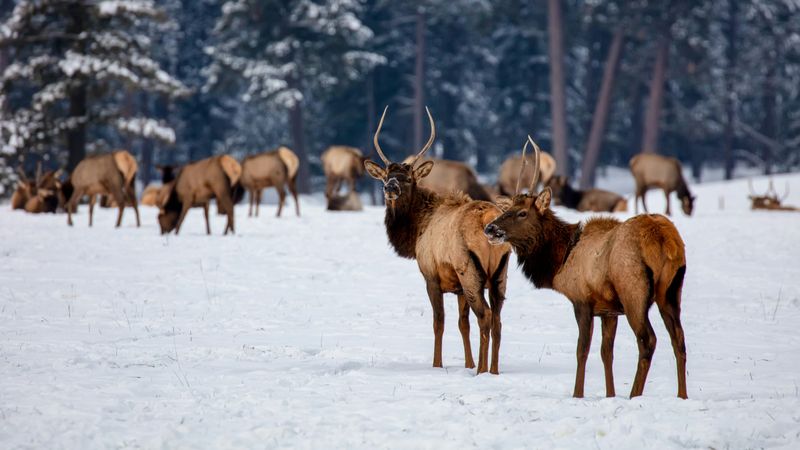
With towering antlers and a regal stance, elk roamed the American frontier in herds that stretched across valleys and forests. These herbivores influenced vegetation patterns, grazing and trampling to shape plant communities.
Their migratory habits followed ancient routes, creating trails that humans later adopted. Elk were vital to Native American survival, providing sustenance and material for tools and clothing.
As symbols of majesty and endurance, elk represented the ebb and flow of life on the frontier, a reminder of nature’s cycles and the passage of time.
California Condor
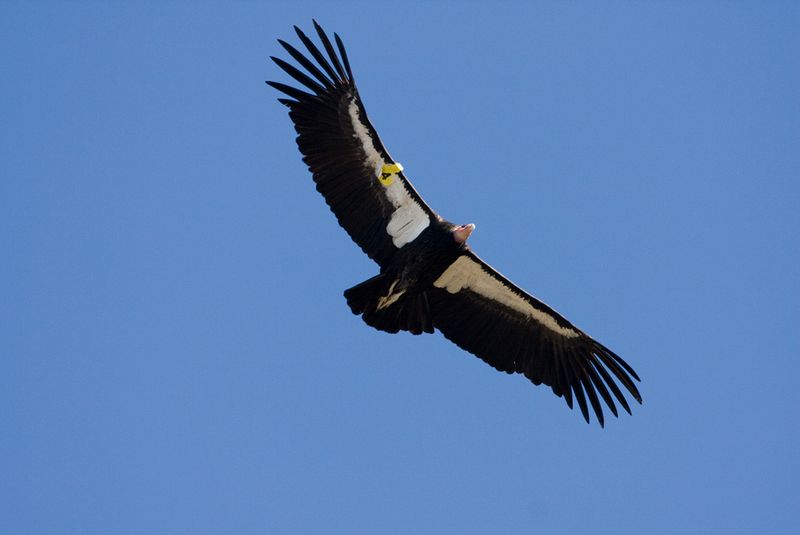
With its vast wingspan and powerful presence, the California condor once soared above the frontier landscapes. As scavengers, they played a critical role in the ecosystem by cleaning up carrion and preventing disease spread.
These birds of prey were revered in many indigenous cultures, representing cycles of life and death. Despite nearing extinction, conservation efforts have revived their populations, symbolizing hope and resilience.
The condor’s flight across rugged terrains echoes the frontier’s expansive beauty and the delicate balance of its natural world.
American Alligator

Lurking in Southern swamps and rivers, the American alligator was a formidable predator in the frontier wetlands. With powerful jaws and a stealthy approach, it hunted fish and small mammals, maintaining aquatic balance.
These reptiles were crucial to the waterway ecosystems, their nesting habits creating habitats for other species. The alligator’s bellowing calls echoed through the wetlands, adding to the frontier’s mystique.
As ancient survivors, alligators remind us of the primordial forces that shaped the frontier and the raw beauty of its untouched wilderness.
Great Plains Toad
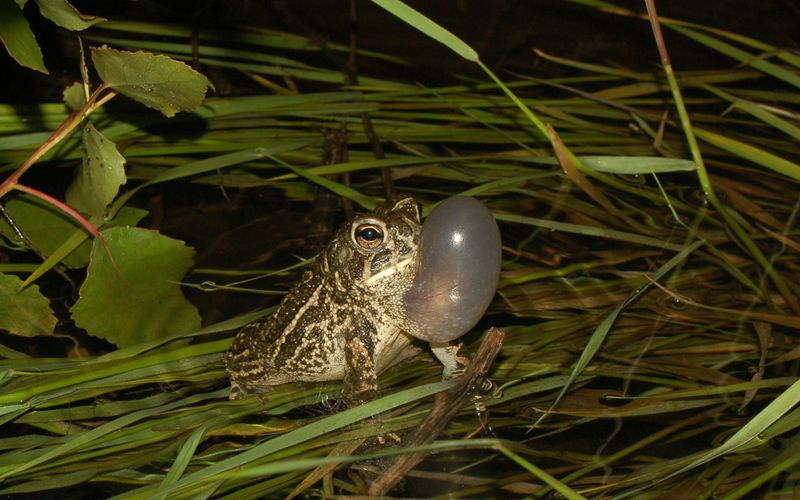
The Great Plains toad, with its camouflaged body, blended seamlessly into the arid landscapes of the frontier. Emerging after rains, they played a crucial role in controlling insect populations, maintaining ecological harmony.
Their nocturnal choruses filled the night air, a symphony of survival amidst harsh conditions. These resilient creatures thrived in both dry and wet seasons, showcasing nature’s adaptability.
The toad’s unassuming presence belied its ecological importance, a testament to the delicate threads that wove together the frontier’s vibrant tapestry.
Wild Turkey
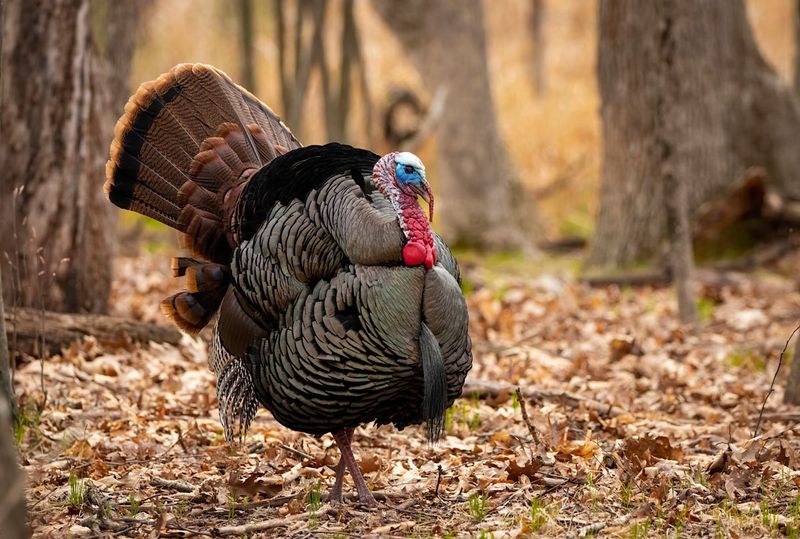
Strutting through forest clearings, the wild turkey was a familiar sight in the frontier woodlands. With iridescent plumage and a distinctive gobble, they were both admired and hunted by early settlers.
Turkeys played a role in seed dispersal and soil aeration, contributing to forest health. Their presence was deeply embedded in Native American culture, symbolizing abundance and renewal.
Today, wild turkeys are seen as a symbol of the frontier’s rich biodiversity and the harmonious coexistence of human and natural worlds.
Caribou
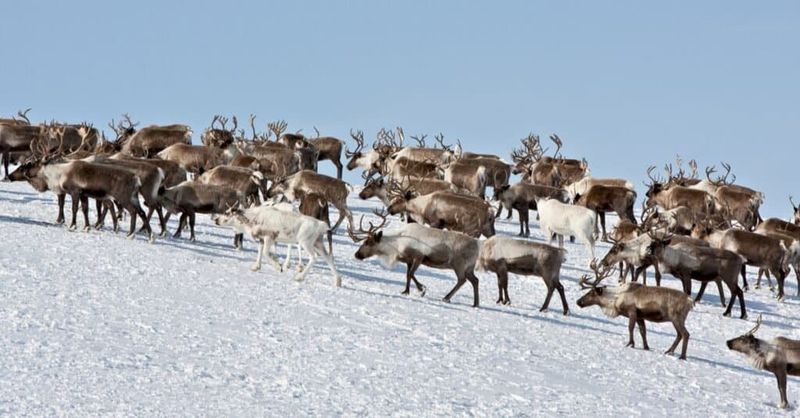
The caribou’s annual migrations across the northern frontier were epic journeys of endurance. Traveling vast distances, they shaped tundra ecosystems through grazing and trampling, fostering plant diversity.
Caribou were integral to indigenous cultures, providing food, clothing, and tools. Their migration was a spectacle of nature’s cycles, marking seasons and life changes.
As symbols of resilience and adaptation, caribou remind us of the frontier’s vast, untamed landscapes and the intricate web of life that flourished before human encroachment.
Red Fox
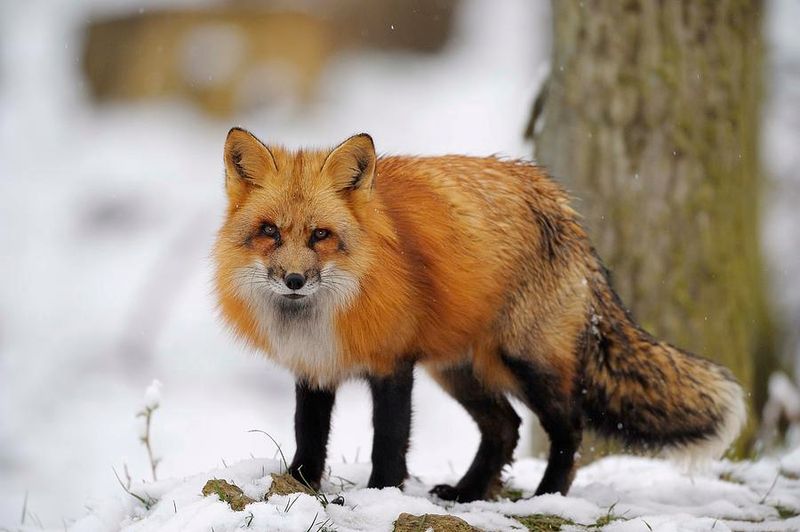
The cunning red fox, with its vibrant coat and bushy tail, was a familiar yet elusive presence on the frontier. As opportunistic hunters, they adapted to various environments, preying on rodents, birds, and insects.
Their playful antics and keen intelligence made them subjects of folklore and admiration. The red fox’s adaptability allowed it to thrive amidst changing landscapes, embodying survival and wit.
These agile creatures were a thread in the frontier’s rich tapestry, their lives intertwined with the rhythms of nature and the cycles of the seasons.
Bighorn Sheep
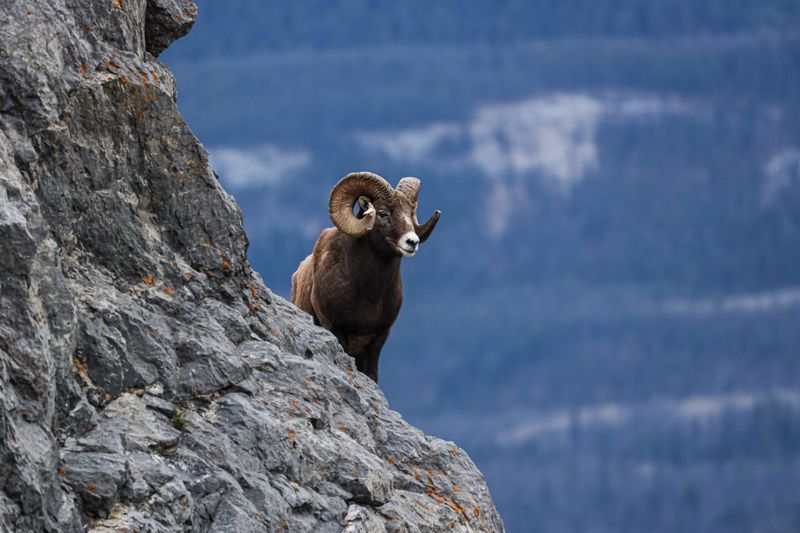
Perched on the rugged cliffs, bighorn sheep navigated steep terrains with agility and poise. Their impressive horns were symbols of strength, used in dramatic clashes during mating season.
These herbivores maintained alpine ecosystems through grazing, influencing plant communities and soil stability. Bighorn sheep were vital to indigenous peoples, providing resources and cultural significance.
As emblems of the mountain frontier, they represented the untamed beauty and harsh realities of life in high-altitude landscapes, where survival demanded resilience and grace.
Moose
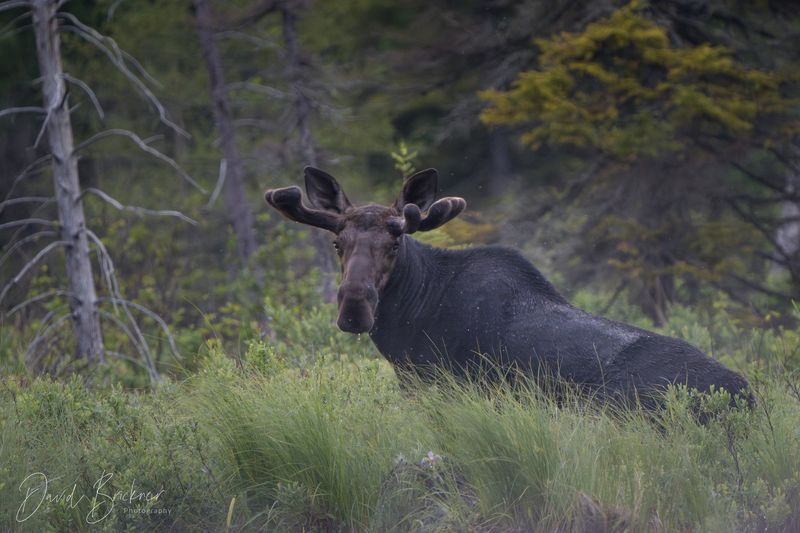
With towering antlers and a massive frame, the moose was a solitary giant of the northern frontier. Their browsing shaped forest ecosystems, influencing tree growth and diversity.
Moose were central to the livelihoods of many indigenous tribes, providing food and materials for survival. Their presence in wetlands and forests was crucial for maintaining ecological balance.
The moose’s solitary grandeur and resilience symbolized the frontier’s rugged and untamed spirit, a reminder of the vast, wild landscapes that existed before human expansion.
Armadillo
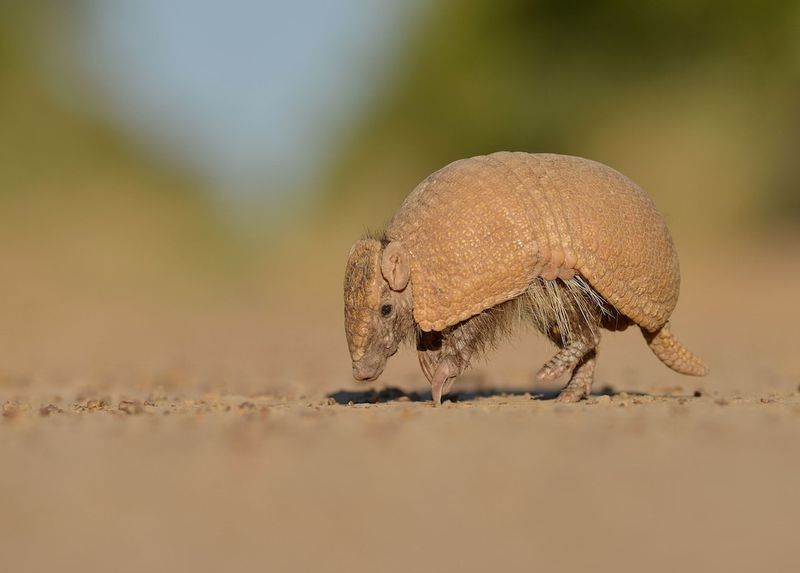
With its unique armor-like shell, the armadillo was a curious inhabitant of the southern frontier. These nocturnal creatures thrived in deserts and forests, burrowing for insects and roots.
Their digging aerated the soil, promoting plant growth and ecosystem health. Armadillos were often subjects of folklore, their distinctive appearance enchanting observers.
As symbols of perseverance and adaptability, armadillos remind us of the diverse and fascinating inhabitants that shaped the American frontier’s natural world.
Black Bear
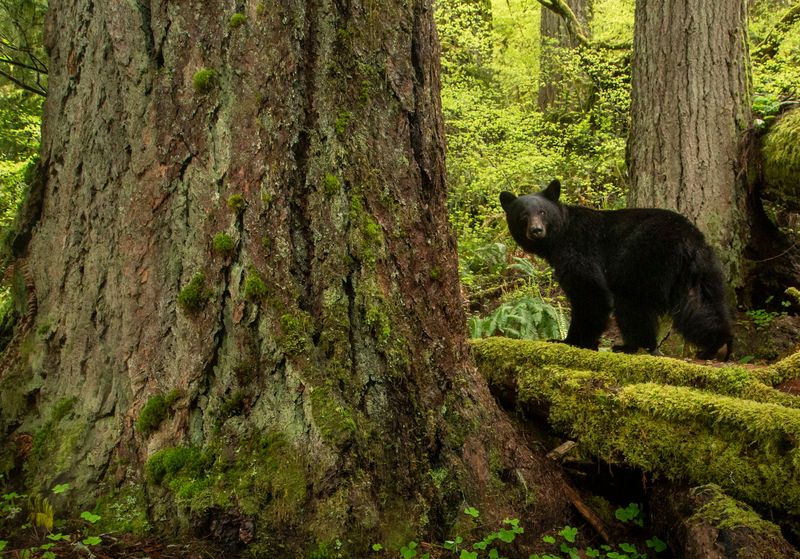
In the dense woodlands of the frontier, the black bear roamed as a curious and adaptable omnivore. Their foraging habits dispersed seeds, contributing to forest regeneration and diversity.
Black bears were both feared and revered, often appearing in folklore and as symbols of strength. They adapted to a variety of environments, from forests to swamps, showcasing nature’s resilience.
These bears embodied the frontier’s untamed spirit, their presence a reminder of the rich and complex ecosystems that thrived before human transformation.
Rattlesnake
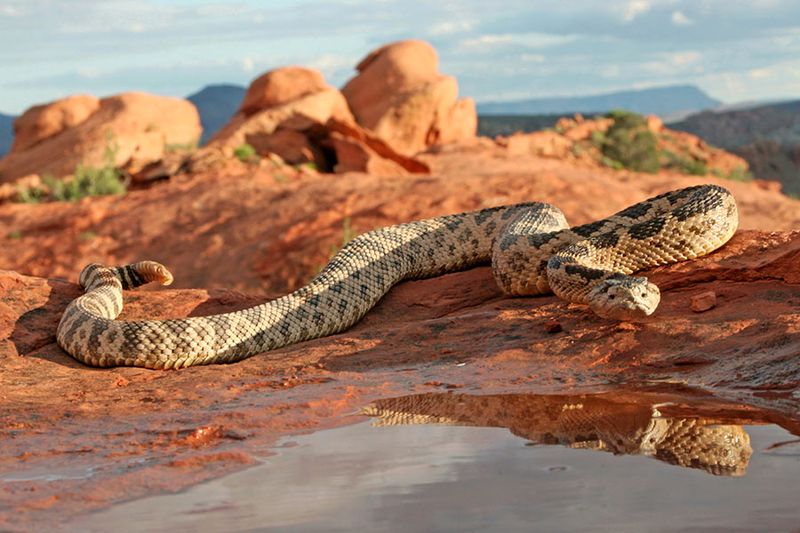
With its distinctive rattle and striking pattern, the rattlesnake was a formidable presence in the desert frontier. These reptiles controlled rodent populations, maintaining ecological balance.
Their venomous bite was both feared and respected, often inspiring caution and awe. Rattlesnakes adapted to harsh environments, their resilience a testament to evolutionary success.
As symbols of the desert’s harsh beauty and survival instincts, rattlesnakes remind us of the complex interplay of life and death in the frontier’s formidable landscapes.
Passenger Pigeon
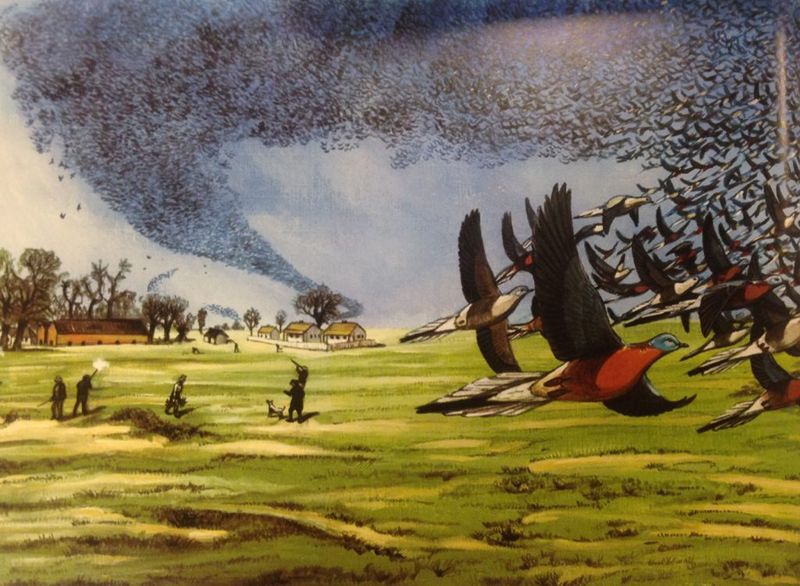
Billions of Passenger Pigeons once darkened the skies of North America. Their immense flocks were a marvel, stretching for miles and taking hours to pass overhead. Such gatherings influenced the landscape below, as their droppings enriched the soil, and their sheer numbers altered the vegetation.
The pigeon’s social nature and massive breeding colonies supported a unique ecosystem. Other creatures, like predators, depended on them for survival.
Sadly, by the early 20th century, these vibrant flocks vanished due to overhunting and habitat destruction, leaving an empty sky and a transformed environment.

